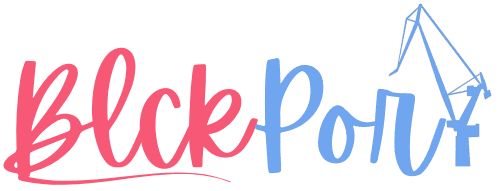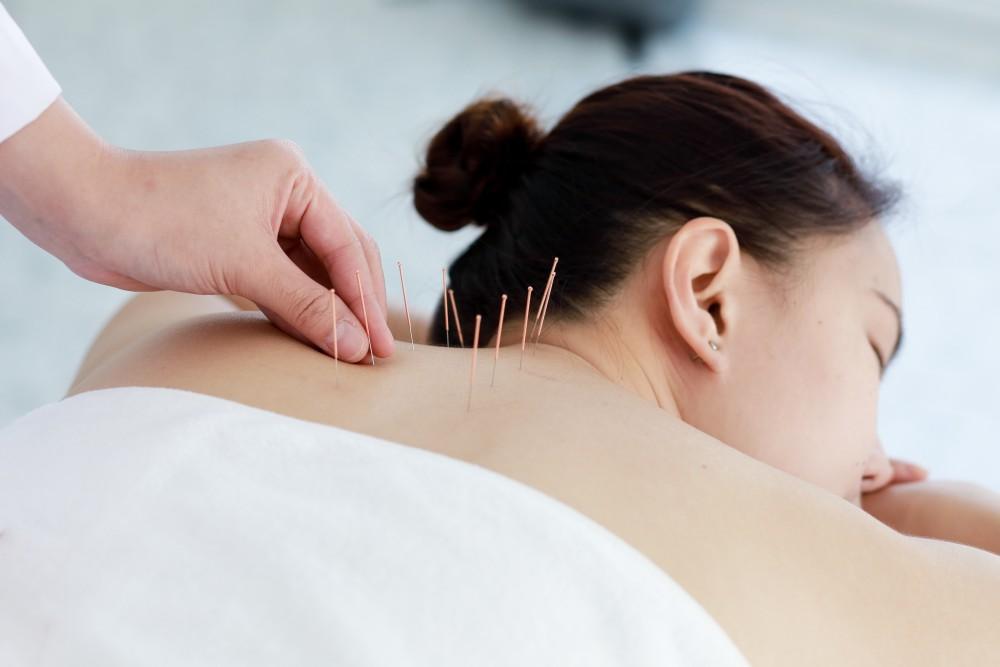Introduction: Understanding Muscle Pain
Myalgia is a condition that affects people of all ages. Overuse, injury or tension can all cause muscle pain. Muscle pain, regardless of its cause, can be very debilitating. It can also have a significant impact on one’s life. This comprehensive guide will help you to alleviate your muscle pain and improve your well-being.
Pain management techniques that are effective in treating acute episodes of back pain include massage, ice therapy, heat treatment, and over-the counter pain relievers. Physical therapy and chiropractic adjustments are also options for a sustained recovery and improved mobility.
The Aspadol 200
tablet is used by humans to relieve moderate to severe acute pain. It is used for toothaches and other oral issues, as well as colds, headaches and fever. It is effective when all other pain relievers have failed.
Self management and natural treatments for muscular pain
What are non-pharmacological ways to treat muscle soreness?” You can use a number of effective home remedies to regain your mobility and comfort.
RICE is the first thing to try at home if you have a shoulder injury and do not think that it’s serious enough to go to a hospital or doctor. Rest, ice compression and elevation are all part of the acronym RICE.
The Pain-O-Soma Tablet 500 mg
is a muscle relaxing agent that relieves edoema and inflammation in the muscles. It works by blocking the brain chemicals responsible for these symptoms. Reduced muscular spasm or stiffness allows for better muscular action.
Finding the Root Cause
It’s important to determine the cause of muscle pain before deciding on a treatment plan. A thorough evaluation may be required by a health professional. This could include a physical exam and possible diagnostic tests, such as imaging studies or a blood test. Understanding the cause of your pain will help you develop a treatment plan that is tailored to your needs.
Muscle pain relief through lifestyle modifications
1. Proper Ergonomics:
By maintaining proper body mechanics and posture, you can prevent muscle tension and strain. Maintaining good posture while sitting at a computer, lifting heavy items, or participating in physical activities is essential to reduce the risk of developing muscle pain.
2. Regular Exercise:
Regular physical activity helps to improve flexibility and strengthen muscles. It also reduces the risk of injury. Combining cardiovascular exercise with strength training and flexibility exercises can improve your musculoskeletal system and relieve muscle pain.
3. Stress Management:
Chronic stress can aggravate existing pain and cause muscle tension. Stress management techniques like meditation, deep breathing, yoga or progressive muscle relaxation, can reduce tension and promote relaxation.
Medical Interventions to Relieve Muscle Pain
1. Pain Relief Medications:
Nonsteroidal anti-inflammatory medications (NSAIDs), such as acetaminophen or ibuprofen, can reduce the pain and inflammation that is associated with muscle discomfort. These medications can be purchased over-the-counter and provide temporary relief for mild to moderate pain.
2. Prescription Medication:
Your healthcare provider may prescribe stronger medications to relieve severe or chronic pain in the muscles. These medications are to be taken under the supervision of a medical professional. They may cause side effects and interactions with other drugs.
3. Physical Therapy:
Physical therapy is an effective way to treat muscle pain, especially if the cause of it is an injury or condition. A physical therapist will develop an exercise program that improves strength, flexibility and range of movement, and can also provide manual therapy to relieve pain and promote healing.
Alternative Treatments for Muscle Pain Management
1. Massage Therapy:
Massage therapy helps relieve muscle tension and improve circulation. It also promotes relaxation. Massage techniques such as Swedish massages, deep tissue massages, and trigger point therapy can help relieve muscle pain.
2. Acupuncture:
Acupuncture, a form of traditional Chinese medicine, involves the insertion of thin needles at specific points to relieve pain and promote healing. Acupuncture is effective in treating muscle pain for many people, but more research is required to fully understand the mechanisms of its action.
3. Heat Therapy:
Heat or cold applied to the area affected can reduce inflammation, numb the pain and promote healing. Heat therapy can relax muscles and improve circulation. Cold therapy, like applying an ice compress or a cold pack, can reduce swelling and numb the painful area.
4. Apply Massage:
Massages can help relax muscles that are tight, especially in situations of overexertion. This can be very comforting when you have neck, shoulder or back pain. You can also relax and enjoy some time away.
5. Mindfulness meditation: A practice:
Much of the suffering we experience is psychological. Anxiety and fixation with the level of pain can often increase our sense of pain. By practicing mindfulness, staying in the moment and focusing on what is happening now rather than on possible future scenarios, you can effectively reduce pain.
6. Extension:
Maintaining loose, stretched muscle can help prevent muscle strain caused by taut, pulled muscles due to overexertion.
7. Warming Band:
Heat patches can be used to relieve muscle pain.
Take Control of Muscle Pain
Muscle pain can have a significant impact on your life. Understanding the causes of your muscle pain, and using appropriate pain relief methods and treatment techniques can help you improve your quality of life. There are many options to relieve muscle pain and promote recovery.




